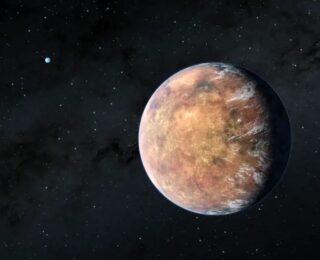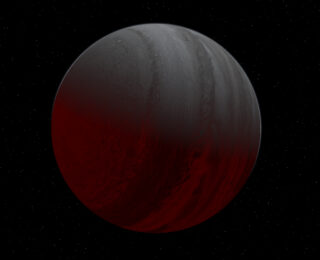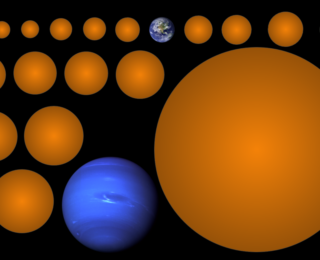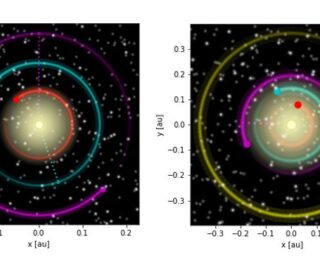
Meet the AAS Keynote Speakers: Klaus Pontoppidan
Learning about the Origin of Rocky Planets and their Atmospheres: We interviewed astronomer Dr. Klaus Pontoppidan about his upcoming plenary talk at the #AAS242!

Learning about the Origin of Rocky Planets and their Atmospheres: We interviewed astronomer Dr. Klaus Pontoppidan about his upcoming plenary talk at the #AAS242!

Today’s authors found a new habitable zone planet hidden in TESS data!

In today’s paper, the authors take another look at the HD 45354 planetary system, and come to new conclusions about the orbit of the two gas giants within!

Which exoplanets are the most worthwhile to search for life on? Today’s paper explores the “continuous habitable zone” as an important criterion for atmospheric characterization target selection.

In our latest #UndergradResearch post, Meredith Vogel talks about how an exoplanet’s habitability can be affected by other planets’ orbits in multi-planet systems.

With a new generation of space and ground based telescopes on the horizon, we will soon have the tools to efficiently begin looking for life’s signatures in exoplanet atmospheres. Where should we look first to maximize our chances?